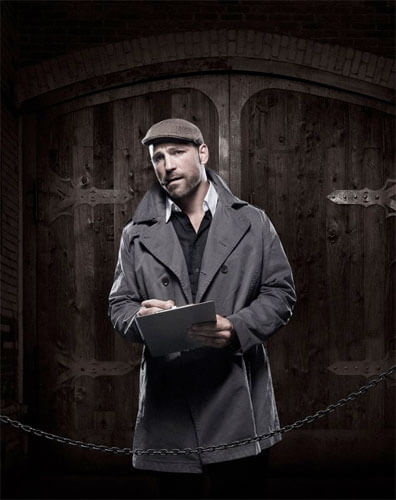Dean West “one of the world’s best emerging photographers” (AFTER CAPTURE MAGAZINE), has a highly conceptual and thought-provoking style of contemporary portraiture. His body of work has been featured in top photography magazines, art galleries, and received numerous international awards.
Born in small-town rural Australia in 1983, Dean’s love for photography began in his high school’s darkroom- one of the largest darkrooms in the country at the time- and blossomed at the Queensland College of Art, Griffith University, Brisbane, Australia. After graduating in 2007 with a Bachelor of Photography with majors in visual culture and advertising, Dean formed a partnership, Berg+West, which won nationwide acclaim as a high-end photography and post-production studio. Through clients like the QLD Government and SONY, Dean quickly learned to transform stick figure sketches into intricate composited photographs with immense detail and clarity.
In 2008, Dean was included in Saatchi & Saatchi’s collection of the world’s top 100 emerging photographers and went on to win Advertising Photographer of the Year at the International Aperture Awards. With success in advertising and a growing list of collectors- Dean decided to dedicate more of his time to the world of art. In the following years, his series ‘Fabricate’ received worldwide recognition from top photography competitions, including: the International Colour Awards, the Lucie Awards, the Loupe Awards, and in 2009, Dean was the winner of the IV International Arte Laguna Prize, Venice, Italy. This final award being the most prestigious for emerging artists with over 5,000 applicants gunning for the top prize in photography, sculpture and painting. Zoom Magazine quickly nominated Dean in the ‘New Talent’ issue of 2010 and the Magenta Foundation awarded Dean an emerging Photographer of Canada.
